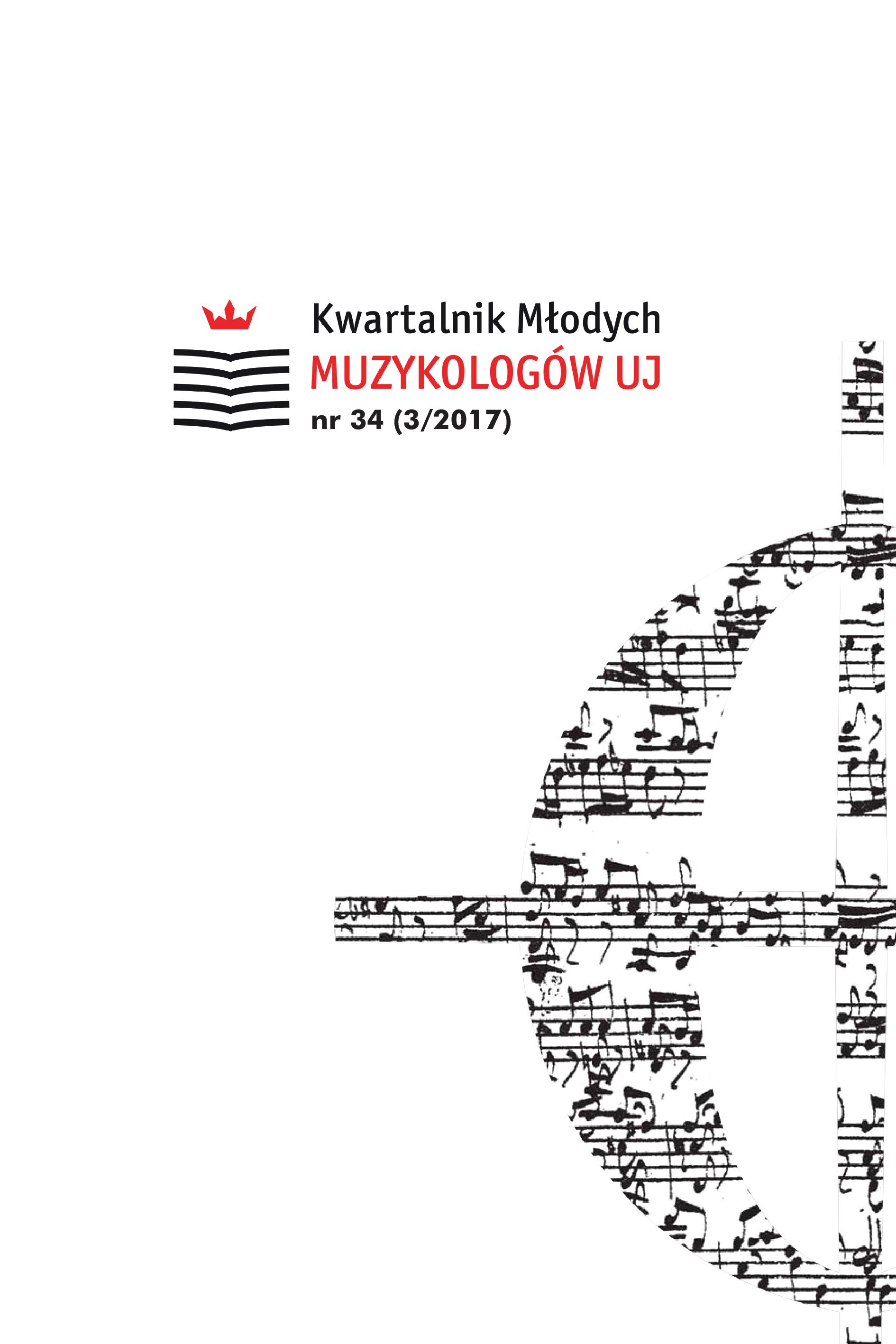From the Inside Out: An Analytical Perspective of André Caplet’s Harmonic Evolution Through Selected "Mélodies"
1915-1925
From the Inside Out: An Analytical Perspective of André Caplet’s Harmonic Evolution Through Selected "Mélodies"
1915-1925
Author(s): Clare WilsonSubject(s): Cultural history, Music, Social history, Sociology of Art
Published by: Koło Naukowe Studentów Muzykologii UJ
Keywords: André Caplet; twentieth-century French Music Analysis; Music Theory; Modality; Harmonic Language
Summary/Abstract: André Caplet is a noteworthy figure in the early years of 20th century French music. A founding member of the Société Musicale Indépendante and advocate of new contemporary music, Caplet is also remembered for his contributions to Debussy’s Le Martyre de Saint-Sébastien and La boîte à joujoux. Caplet’s musical output from the years pertaining to the Great War and beyond demonstrates a colourful harmonic language. is authentic harmonic language presents itself as a highly complex and sophisticated interweaving of modality and diatonicism, and there are numerous instances of progressive use of modal structures within these mélodies. This article presents a refection upon some of the developments within Caplet’s exploration of tonality through the lens of selected works, from 1914 to his death in 1925. Supporting examples of Caplet’s distinctive approach to the fusion of diatonicism and modality, and the usage of synthetic scale structures will be considered. Caplet’s inventive harmonic language offers much richness in terms of creativity and imagination. He was a composer who favoured different musical processes and conventions. Exploring his compositional approach will help illuminate André Caplet’s individual harmonic language, and place within the field of French musical modernism.
Journal: Kwartalnik Młodych Muzykologów UJ
- Issue Year: 2017
- Issue No: 03 (34)
- Page Range: 75-96
- Page Count: 22
- Language: English

